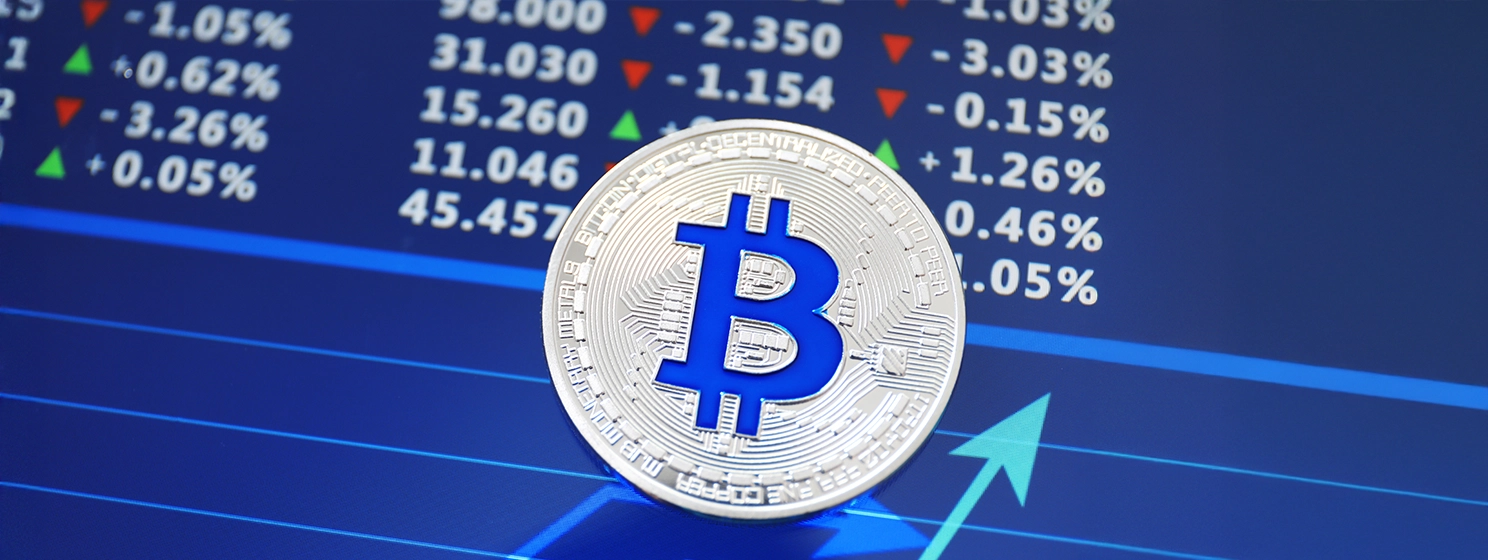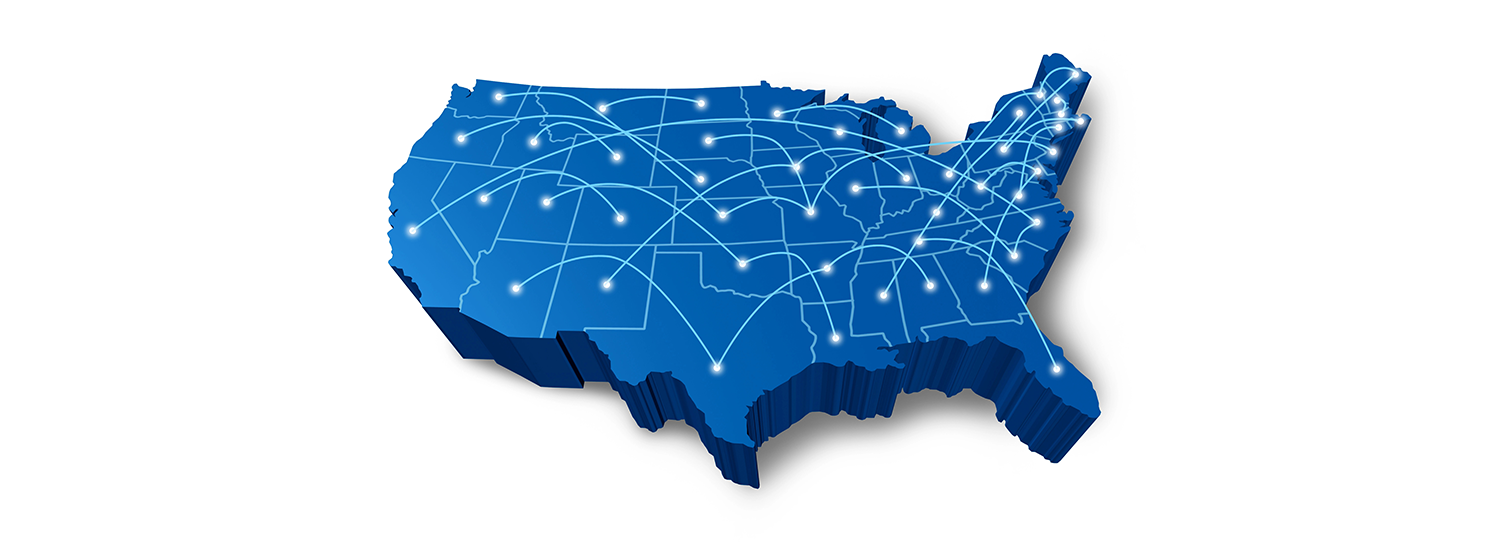|
Getting your Trinity Audio player ready...
|
Two research teams have recorded impressive levels of success with artificial intelligence (AI)-based weather forecasting systems.
According to a report, the first research team from Microsoft (NASDAQ: MSFT) leveraged the company’s Aurora AI model to create an advanced weather forecasting system. The research, published in the Nature Journal, disclosed that the Aurora AI-based model outperformed traditional computerized weather forecasts.
The Microsoft researchers noted that the model can accurately predict a range of weather events, including narrowing down forecasts to specific ocean wave patterns and air quality. Furthermore, the researchers state that the model exceeded expectations in forecasting tropical cyclones with significantly lower computational costs.
The team achieved the feat by training the AI weather prediction model on over 1 million hours of “diverse geophysical data,” providing the system with a deep pool to accurately make forecasts.
A U.S.-based team has also recorded significant strides in AI-based weather forecasts, leaning on Google DeepMind’s (NASDAQ: GOOGL) Graphcast tool. The National Oceanic and Atmospheric Administration (NOAA) researchers revealed that the new model is 10X faster than traditional systems in storm predictions.
The model, trained on data from NOAA’s Warn-on-Forecast-System (WOFS), reduces the forecast time for storms from nearly five minutes to seconds. Apart from spotting incoming storms, the Google-based model can predict the storm’s pattern and movement for up to two hours with remarkable accuracy.
“The model yielded largely accurate predictions of how storms would evolve for up to two hours,” read the report. “These predictions matched 70% to 80% of those generated by the Warn-on-Forecast system.”
Big Tech is hurtling toward AI-based weather forecasting tools, with Google leading the charge. Microsoft and IBM (NASDAQ: IBM) have also unveiled their AI-based weather prediction models with varying degrees of success.
Countries are turning to AI models to stay ahead of the curve
Nations at risk of climate and weather disasters embrace AI models to predict incoming events and take proactive measures to mitigate damage. India has integrated AI to track flood patterns, while Chinese researchers are identifying the upsides to AI-based weather forecasting for the country.
An Australian charity is leaning on AI to protect the Daintree rainforest from ecological challenges. However, an integration with blockchain and Internet of Things (IoT) technology is tipped to improve the accuracy of AI weather prediction models.
DLT can tackle food fraud, but success remains a challengeThe scourge of food fraud is on the rise, stealing nearly $50 billion annually from the global food industry while posing significant health risks. However, a report notes that blockchain offers a veritable solution to stifle the activities of bad actors in the food industry.
According to a report, while food fraud siphons only a small slice of the food industry’s $12 trillion valuation, the figure is equivalent to the GDP of Malta. Cases of food mislabeling and dilution are at an all-time high, with horse meat sold as beef and olive oil diluted with cheaper vegetable oils.
The report notes that the absence of transparency in global supply chains is fueling the rise of food fraud. With industry processes built in silos and “information islands,” participants in the supply chain do not have a bird’s eye view of the processes.
“Many companies maintain their own internal tracking systems, but these often lack interoperability with their suppliers or customers,” said Naoris Protocol CEO David Carvalho.
To increase transparency and reduce the footprint of bad actors in the space, industry experts are making a case for blockchain. There is a consensus that the transparency and immutability features of publicly distributed ledgers will hold food suppliers to a higher standard.
Furthermore, the industry players highlight the perks of “selective transparency,” which allows supply chain participants to share only relevant data while protecting sensitive commercial data from authorized participants.
Experts are turning to the utility of smart contracts and automation functionalities as reasons for blockchain-based supply chains to fight food fraud. Early use cases have yielded a streak of positives with South Korea’s KT using the technology to fight food fraud, laying the foundation for new entrants.
Vietnamese companies are turning to blockchain to verify halal certifications, preventing unscrupulous suppliers from passing off non-halal food to unsuspecting consumers. Malaysia is also mulling the prospects of on-chain halal certifications, citing a wave of positives for the food industry.
Not a walk in the park
Incorporating blockchain in food supply chains is not easy, with the report noting steep integration costs and manpower training. Apart from high implementation costs, there is the additional “garbage in, garbage out” challenge associated with a Web3-based system.
The report recommends the integration of oracles and IoT technologies to feed external data into distributed ledgers. Other challenges include privacy and data concerns, as well as the absence of standardized protocols for blockchain adoption across several jurisdictions.
In order for artificial intelligence (AI) to work right within the law and thrive in the face of growing challenges, it needs to integrate an enterprise blockchain system that ensures data input quality and ownership—allowing it to keep data safe while also guaranteeing the immutability of data. Check out CoinGeek’s coverage on this emerging tech to learn more why Enterprise blockchain will be the backbone of AI.
Watch: Artificial intelligence needs blockchain

 12-07-2025
12-07-2025 





